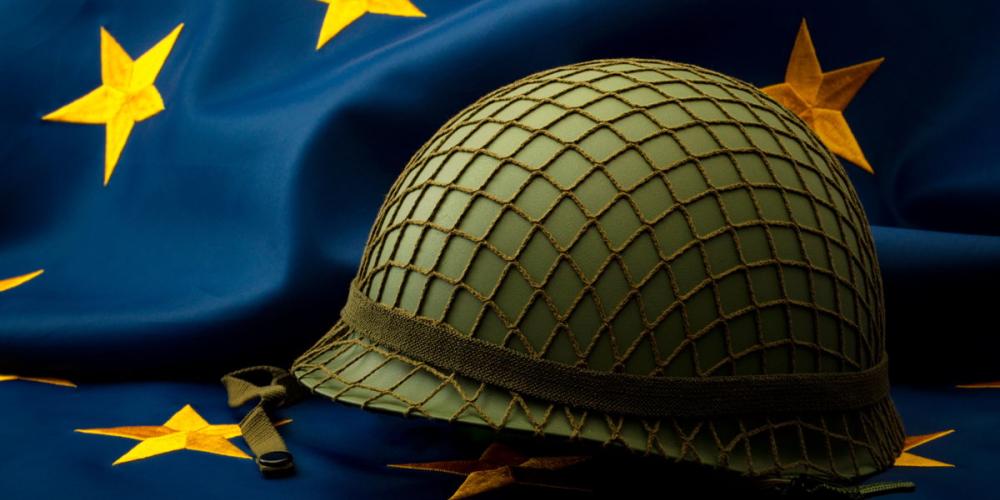
VUB research shows that national tendencies can hurt companies on the global market and risk the loss of core capabilities
Mitja Kleczka’s doctoral research at Vrije Universiteit Brussel demonstrates that it’s absolutely vital that Europe’s national arms industries be further integrated. Integration is made more urgent by the plans for two new European fighter jets and a new European tank, as well as the tightening of defence budgets due to the corona crisis.
The European arms industry finds itself at a crucial phase in its development. Research and development are becoming ever more expensive; Brexit has caused great uncertainty and the corona crisis has put pressure on defence budgets. At the same time, international competition has also increased as a result of which exports are increasingly less able to offset the generally disappointing domestic demand. It’s true that some segments of the arms industry are already characterised by high levels of cross-border cooperation, or dominated by large companies that are active across the EU, such as Airbus and MBDA. But other segments remain fragmented and continue to have a national focus.
Mitja Kleczka, a researcher at the VUB Department of Applied Economics, created a comprehensive inventory detailing the industrial capacity of all the European Union member countries and Iceland, Norway, Switzerland and the UK. He was able to estimate future consolidation initiatives and mergers by being the first researcher to use the HPI/HPIA methodology.
“A number of important decisions will have to be made in the coming years. Two development projects into new European combat aircraft are on-going – the Future Combat Air System and Tempest – while plans for a new European main battle tank, the Main Ground Combat System, are also being made,” Kleczka says. “Given the challenges the EU arms industry is currently facing, it’s important to ensure that wasteful duplicative efforts are avoided, and that potential partner firms and countries aren’t excluded from these projects based on short-sighted, national incentives.”
No ‘naval’ or ‘land’ Airbus just yet
Kleczka’s research also shows that even though the European arms industry admittedly offers many avenues for further consolidation, these efforts most likely won’t result in the creation of a ‘naval Airbus’ or an ‘Airbus for the land systems sector’. Increasing market pressure and the growing importance of EU-wide companies, however, could result in the creation of an ‘European champion’ in these industries in the medium to long-term. Although such consolidation could bring costs with it due to reduced competition within the EU, Kleczka argues that some industrial activities will have to be carried out at a European level to prevent them from going under in the global market and to avoid the loss of important core capabilities.